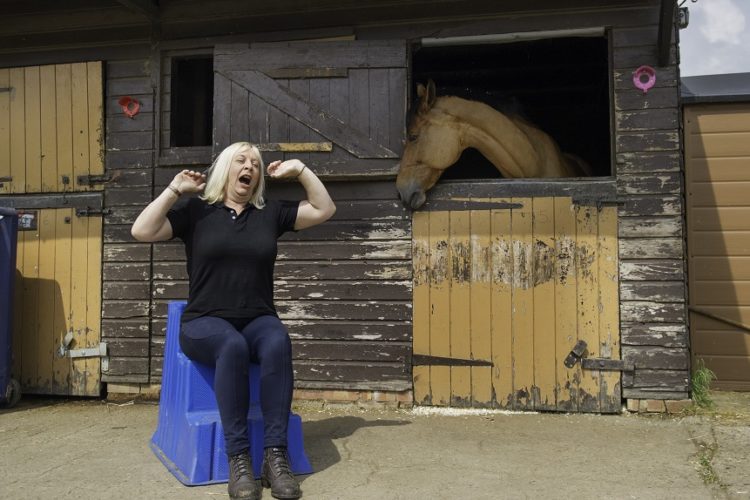Have you ever watched a cat or dog stretch? They make it look like one of the most self-indulgent, luxurious, pleasurable activities in the world. And so it should be.
Now think about when you woke up this morning. When you first began to move and your body began to stretch out, was that the moment that you got up, had a shower, sorted out the family, and started your day?
Imagine how it would feel to give your body just two minutes to be self-indulgent and to stretch luxuriously before you got out of bed. So that as your muscles waken, they have the opportunity to open out and release the tension that has been building up overnight. Then, once you get out of bed, your body is prepared and better able to meet the demands put on it.
Your morning stretch and the stretches that follow a good yawn will change each time, depending on where in your body needs to open up. You don’t need to know what to do, just trust your body and follow its need to stretch.
But there are times when you do need to think about stretching a specific muscle or area of your body—before and after exercise or if you have an injury or painful condition. This is when it is very important to do it correctly; otherwise the stretch will be ineffective or even cause damage.
Why do you feel tight?
When your body is loose, relaxed, and elastic, it can move and change with you. But it is very common to gradually feel tighter—this is often put down to getting older, but it isn’t inevitable. As the pressure builds up in your muscles and they stiffen up, they gradually get thicker and shorter. This means that the blood flow isn’t as good as it should be to help with healing, so you get more scarring, which makes the area even stiffer.
Some of the reasons for feeling tight are dehydration, poor posture, weakness in a different part of your body, not exercising properly, overusing muscles, and stress.
Remember that where you feel your symptoms is often different to where the cause of them is. Your tightness may be due to problems in another part of your body, and is your body’s way of compensating and trying to protect itself. So there is no point in simply stretching the tight bit without also finding and treating the cause.
Stretching opens up the layers of your muscles, which helps the blood flow and takes the pressure off the nerves. So pain and inflammation can be prevented or improved.
How to help yourself
Give yourself time to stretch in the mornings and during the day. Whenever you notice that your muscles are becoming tight or restless, have a yawn and go with your body. Why not try it now?
• Slowly open up to the point where you can feel the stretch but there is no pain.
• Hold there—never stretch into pain—your body’s response to pain is to pull back, so it will make things tighter.
• Wait at that point until you feel the muscle release and get longer—if you don’t wait for that change, you won’t have stretched.
• Remember that each time you do a stretch, even to the same muscle, its requirements will be different. So one day it might release after thirty seconds and the next day it might take five minutes.
Once you get used to feeling what your body needs, you don’t necessarily need to stick to stretching in a certain position. As long as you follow the principles, you will do no harm to yourself and you will be able to identify and release tension before it has a chance to build up and cause more problems.
